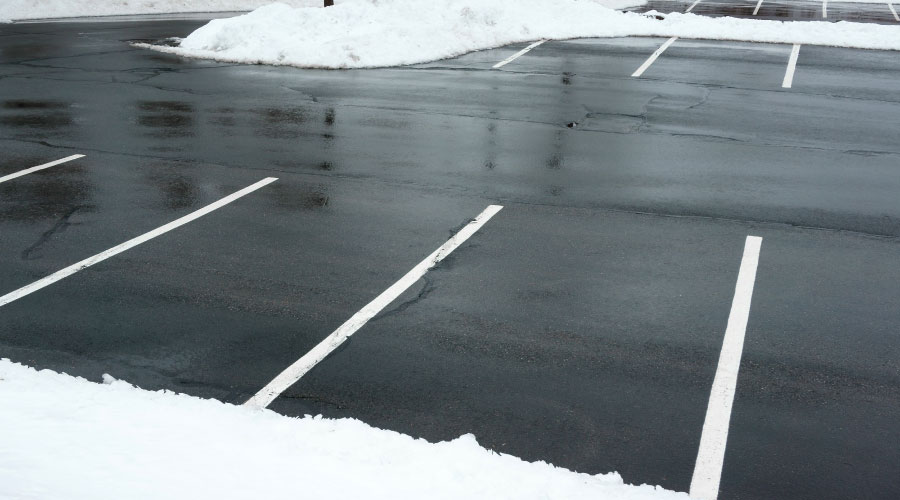Pervious Concrete Improves University's Water Conservation
Balancing budgets and labor to meet aesthetic expectations has long been a difficult challenge for grounds managers. To complicate the process, the environmental impact of grounds management practices also must figure into managers’ daily and long-range decisions.
Managers are reviewing every aspect of their operations more closely, from specifying equipment and chemicals to water use and plant selection, to determine the impact on the bottom line, landscape appearance and the environment.
The lessons learned at Illinois State University (ISU) provide managers with guidance in reshaping their departments to deliver cost-effective, efficient, and sustainable operations.
Closer Eye on Water
ISU was the first public university in Illinois to install pervious concrete to address water-quality runoff. Pervious concrete allows water to flow through it into the ground instead of sheeting off the concrete directly into storm drains.
Mike O’Grady, ISU’s director of grounds and fleet services, says the pervious concrete acts like a filter by trapping sand, leaves, sticks and other debris to keep them out of the storm drain. Routine sweeping operations then remove this debris.
Pervious concrete stores up to 1 inch of rain under a parking lot and allows it to percolate back into the soil. Stored water also can be directed to the storm-water system after flowing through the underground gravel bed.
The Town of Normal, where ISU is located, charges fees to property owners based on the amount storm-water runoff a property generates. O’Grady says because of these permeable concrete parking lots and other measures the university has installed, the town actually gives the university a credit on its utility bill.
For example, the town recently installed a recreation walking and biking trail through ISU’s campus, giving the grounds department an opportunity to install the campus’s first bio-swale to handle water runoff.
Workers excavated a 10-foot-wide, 150-foot-long strip of asphalt, installed 2½ feet of sandy soil mix, and planted an erosion-control and wet-meadow seed mix. The bio-swale is slightly concave so it holds some runoff and forces the water to percolate into the soil. Plants and healthy soil are two of the best water filters managers have at their disposal.
O’Grady says his crews also have stopped mowing the bank of a nearby creek, resulting in less time, money and resources spent. They control broadleaf weeds but let the grass grow throughout the summer. Annual burning eliminates any woody plant invasions.
Related Topics:















